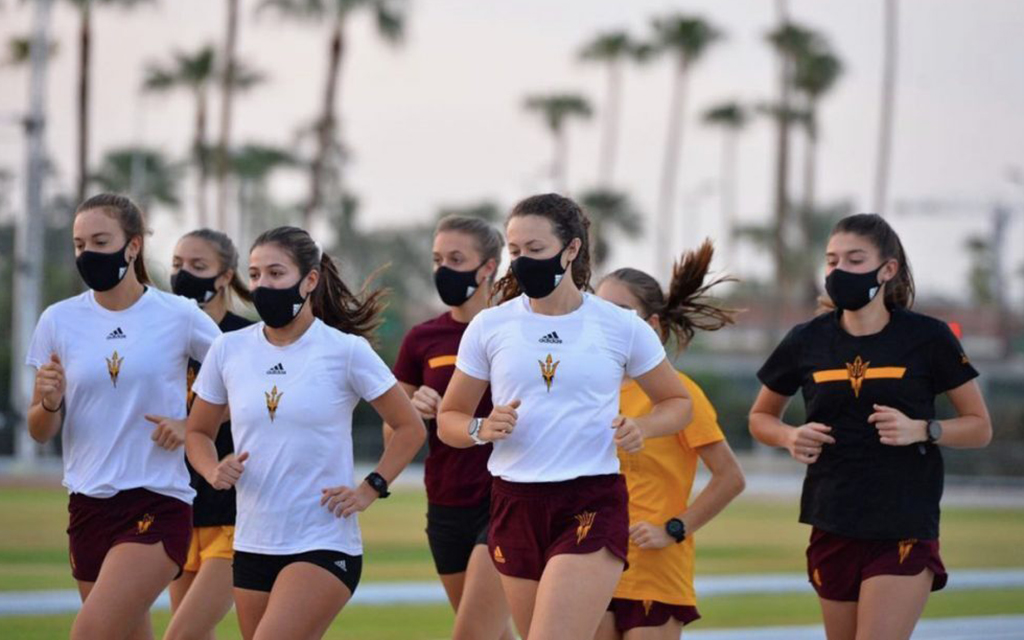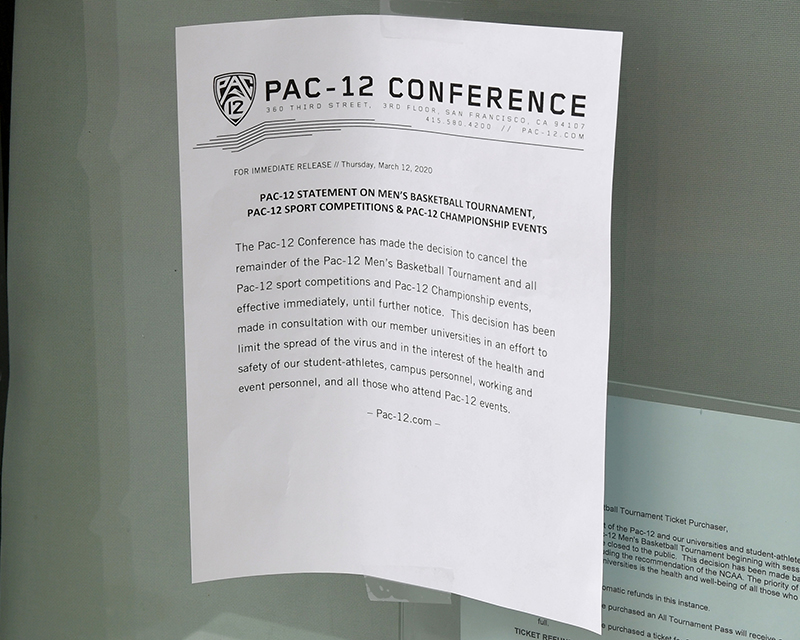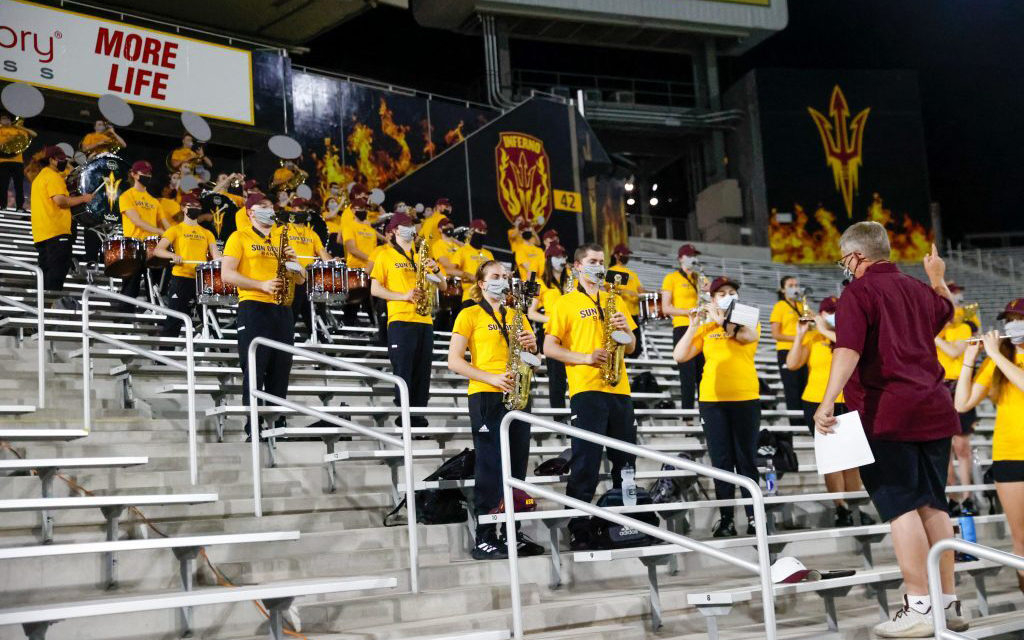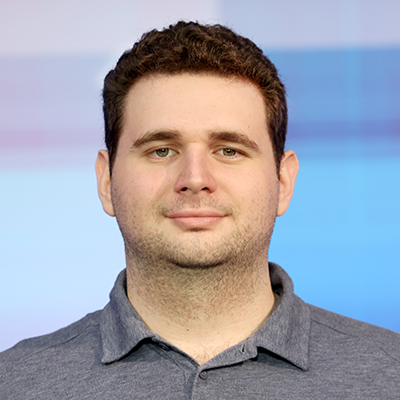
Arizona State’s athletic teams were on a roll when the pandemic struck three years ago. In some ways, ASU is still recovering. (Photo courtesy of Sun Devil Athletics)
TEMPE – Maddi Hackbarth was sitting in the back of a bus with other seniors from the Arizona State softball team when word spread that the COVID-19 pandemic was shutting down the sports world.
“I remember texting my mom and being like, ‘I am not OK,’” she said. “I ended up crying.”
It was March 2020, and ASU’s athletic teams were on a roll. The softball team was 22-7 and had won five straight. The baseball team was ranked in the Top 10 and featured an all-star lineup including future No. 1 pick Spencer Torkelson. The hockey team was on pace to make the NCAA Division I men’s ice hockey tournament for a second consecutive year. The women’s basketball team was set to make its seventh straight March Madness appearance, and the men were projected as a No. 6 seed in the NCAA tournament,
This week, the memories are particularly strong in Las Vegas, where the Sun Devils are playing in the Pac-12 Men’s Basketball Tournament. Sunday marks the three-year anniversary of the day the conference tournament was canceled, a day after the NBA and other leagues suspended their seasons.
ASU Athletic Director Ray Anderson remembers that day in Las Vegas. He was in a room with other conference officials.
“Everybody was shutting down, and just the feel in the room … the air that went out with the thought that all these student-athletes who have come to this point, people have traveled in, you know, we thought we had a pretty good team at the time that was getting ready to go into the tournament,” Anderson said. “So just the accumulation of disappointments.
“But yeah, you never forget a day like that.”
Surely, Hurley hasn’t. He was poised to take the Sun Devils to their third straight NCAA tournament, something the men’s basketball program hadn’t experienced since the early 1960s.
Hurley felt worse for his players.
“We had been playing the best basketball we had all season and we had things to play for,” he said. “It was a tough day.”

This is the message fans saw when they tried to buy tickets at T-Mobile Arena for the 2020 Men’s Pac-12 Basketball Tournament. (Photo by Ethan Miller/Getty Images)
With ASU stocked with 26 sports programs and over 600 athletes, it was on that day – March 12, 2020 – that required Anderson to quickly communicate information to his coaches and players.
Charlie Turner Thorne, the longtime ASU women’s basketball coach who stepped down a year ago, felt for the four seniors and the team that worked all season to get to the tournament, with wins over two of the top three teams in the country.
“I am, to this day, so hurt for that team because we had four fourth-year seniors,” she said. You know, they’d all been determined. Like we were primed to make a deep run.
“We had a grad transfer (Ja’Tavia Tapley) who had been at USC and had never been to an NCAA tournament. So part of the reason she left and transferred to us was … she wanted postseason.”
The pandemic and the two seasons after, when the team failed to make the NCAA tournament, did not influence her retirement,Turner Thorne said. It was more the way college sports, in general, was evolving, with NIL deals and the transfer portal.
As games were canceled and stadiums shuttered, Turner Thorne knew she needed to be there for the seven new players, including the six first-year students she had just signed to the program. She remains grateful for the support staff, athletic trainers and strength coaches for their tireless work during the pandemic, risking COVID-19 infection as they tried to helps team play and practice for games that next season.
Men’s hockey coach Greg Powers did not realize the long-term effect the pandemic would have on the program both on and off the ice until everything had settled a year or two later.
“I felt the right thing to do was to bring back all of the seniors the following season for their fifth year, and while it was the right thing to do for them, for the program, it definitely sent a domino effect into recruiting, not having enough spots for recruited players,” Powers said. “We were (and still are a very young program), and the circumstances of which we were given to play stalled the momentum of our direction in a big way, both on and off the ice.”

Since the program is independent and not in a conference, the only way the Sun Devils could play the following season was to join the Big Ten, which also had an odd number of teams. They did, and It was especially tough because they had to play every game on the road, sometimes spending more than a month away from home.
The season had just started for ASU baseball, but so many what-ifs remain about how far the Devils could have gone had the season and tournament been played. When the shutdown happened, the team was 13-4, ranked in the top 10, and the second-highest-ranked team in the Pac-12. ASU had future major league players all over the diamond, including Torkleson, the first overall pick in the MLB draft that summer. Most draftees were signed and developed by ASU to get a shot at the NCAA Men’s College World Series in Omaha by their junior years, a goal stripped away by the pandemic.
Broadcasters also had their world turned upside down by the pandemic. Tim Healey, who has called games for ASU for over two decades, had to adapt to something completely different. When play resumed, the Pac-12 would not let the broadcast team travel to road games. Instead, they had to try and call the game from a second-floor conference room in the Carson Student-Athletic Center in the athletic administration building.
“So to try to make the broadcast the best we could be, we determined that we had to try to call it off of that wide-angle feed,” Healey said. “And that was just a real challenge identifying players and because of how wide the angle was now.”
If they had chosen to use the television feed, a 30-second delay would have affected their call.
Thirty seconds might seem just a blip, but that delay felt like a metaphor for the entire sports world when the global pandemic forced games and everything around them to change drastically.
